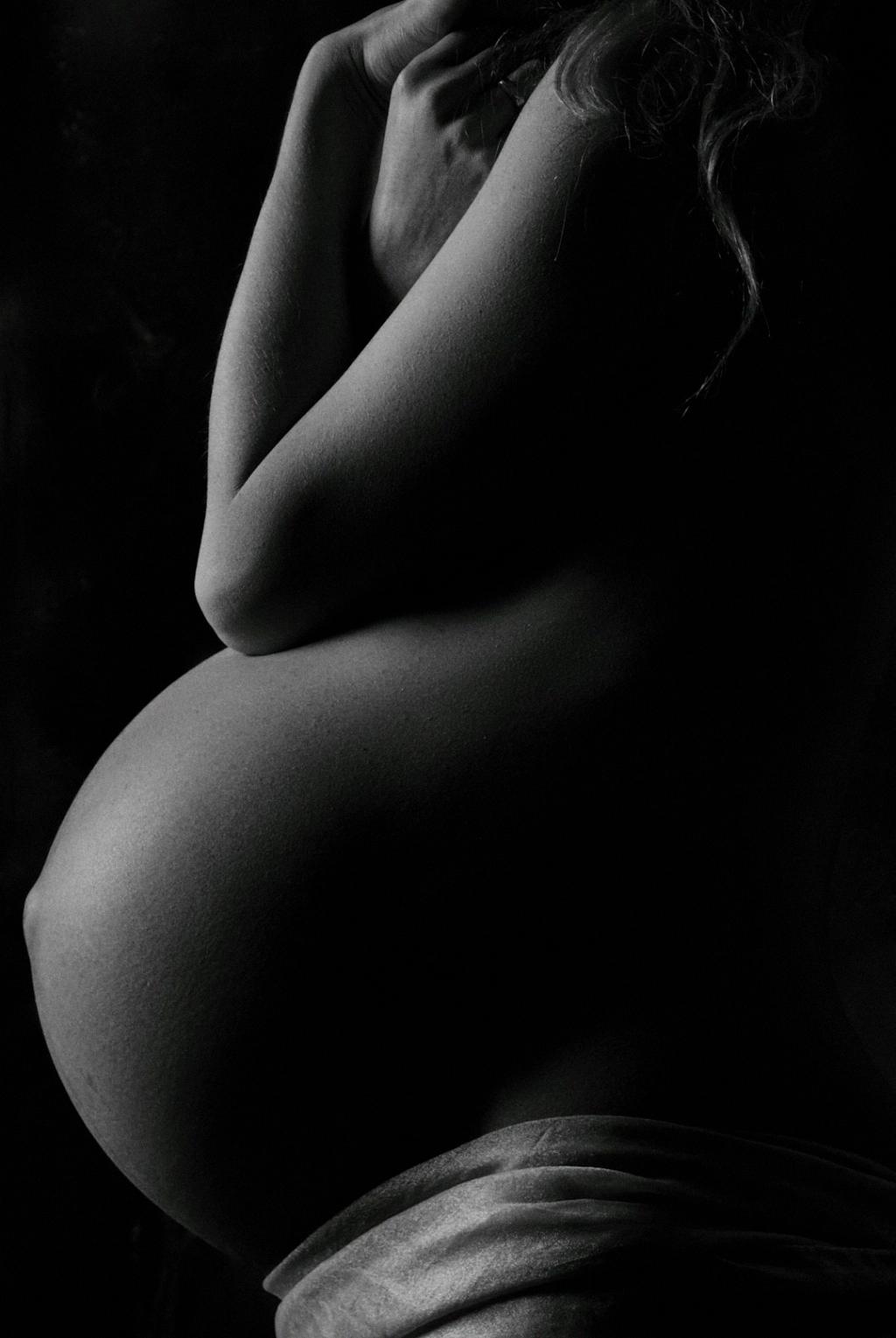Going through a cesarean section, commonly known as a C-section, is a significant abdominal surgery that allows for the safe delivery of a baby. While the focus is usually on the recovery of the abdominal incision, some women may also experience tailbone pain following a C-section. Understanding the reasons behind this discomfort can help in managing and alleviating the symptoms effectively.
One reason why your tailbone may hurt after a C-section is the position in which you are placed during the surgery. The positioning on the operating table can put pressure on your tailbone, leading to discomfort and soreness post-operation. Additionally, the length of the surgery itself can contribute to muscle fatigue and discomfort in various areas of your body, including the tailbone.
During a C-section, the ligaments that are attached to your tailbone may also be affected. These ligaments become more flexible to accommodate the birthing process, but this increased flexibility can make them more susceptible to sprains or strains. The physical stress placed on these ligaments during childbirth, whether vaginal or cesarean, can contribute to tailbone pain post-AC section.
Furthermore, the act of giving birth to your child, whether vaginally or through a C-section, is a physically demanding process. The exertion required during labor and delivery can result in various forms of discomfort throughout your body, including your tailbone. The strain on your pelvic floor muscles and structures during childbirth can lead to postpartum pain, including tailbone pain.
Another factor that may contribute to tailbone pain after a C-section is the incision site itself. The incision made during a C-section is typically located in the lower abdomen, but the healing process and scar tissue formation can affect the surrounding areas, including the tailbone. The body’s natural healing response following surgery can sometimes cause referred pain or discomfort in adjacent regions.
It is essential to consider the recovery process after a C-section, as it can impact various parts of your body, including your tailbone. Engaging in proper post-operative care, following your healthcare provider’s guidelines for physical activity and mobility, and seeking support from specialists such as physical therapists can all play a role in addressing and managing tailbone pain after a C-section.
Incorporating gentle exercises, like pelvic tilts and lower back stretches, into your postpartum routine can help to alleviate tailbone pain and improve overall comfort. Additionally, practicing good posture, using supportive cushions while sitting, and avoiding prolonged periods of sitting or standing can assist in reducing pressure on your tailbone and promoting healing.
Addressing any concerns or discomfort related to your tailbone pain with your healthcare provider is crucial in receiving appropriate care and guidance. Your healthcare provider can assess the severity of your symptoms, recommend tailored treatment options, and provide you with valuable information on managing post-AC section tailbone pain effectively.
Remember that each woman’s body is unique, and recovery experiences may vary. Be patient with yourself during the healing process, and prioritize self-care to support your physical and emotional well-being. Seeking help from healthcare professionals, discussing your concerns openly, and actively participating in your recovery journey can empower you to navigate through tailbone pain after a C-section with confidence and resilience.

